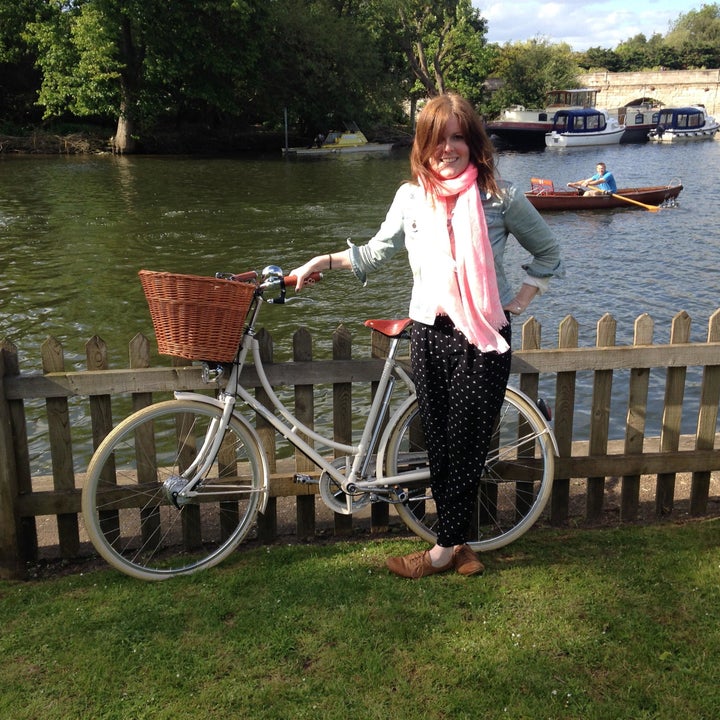The ‘Best Jobs In The World’ is a regular series shared every week to brighten your Monday morning.
Annette Field, 36, is an inventor at Fuse UK, which creates toys like Monster High and Polly Pocket, then sold by major brands. Sounds brilliant – but how do you become a toy inventor? We spoke to Field about what it takes, the trials and tribulations of the job (rejection is a regular issue and apparently you don’t just get to play with toys all day) and – importantly – how much toy inventors get paid. Could it be your next career move?

What does your job involve?
I invent toys that are sold and licensed to major toy manufacturers. I’m probably most proud of a Monster High invention that made it to market recently: Party Hair Draculaura. It was a new system of hair play for fashion dolls, creating lots of unique and fun styles, as well as being easy to do. It was great working with Mattel on this project.
How long have you been doing the job and how did you get into this field?
I’ve been in the toy industry for nearly 13 years, both designing and inventing toys. I studied Industrial Design at Brunel University, which gave me a great background into different areas of design and set me up well to work in toy design.
What was the application process like?
I initially submitted my portfolio and had an interview where I was given a brief for a trial project. I then came back to present my work and was later offered the job! As with most design jobs, you have to tailor your portfolio to each specific job and show your interests and passions through it, so it takes time to get it right.
What’s the best part of your job?
The freedom to come up with bizarre and wonderful concepts! The challenge is to prove they work by building prototypes. Despite what most people think, it’s not playing with toys all day.
I love the variety of my job day to day: one minute I could be sketching or model-making, the next filming and editing a product video. We work with amazing design teams from all the leading toy manufacturers, which is so fun and inspiring.

What’s the most challenging aspect?
Possibly the rejection, which happens around 80-90% of the time. It doesn’t mean the idea isn’t great, more the timing isn’t right for the market or you haven’t found the right brand it could work for. Lots of reasons why it’s a no.
To pick myself up after, I usually take what I can from the feedback to adapt and continue to evolve the idea and make it even better. Sometimes it helps to move onto a different concept entirely, then pick up with the ‘rejected’ ones at a later date and see how you can tweak and improve it with fresher eyes.
Do you have a good work/life balance?
Yes I think so. Generally we work standard office hours, but if a deadline is looming then extra time and effort is put in to get the concept just how you want it. You definitely get attached to your ideas and always want to make them as strong as they can be.
What is a typical salary for your occupation?
Anywhere from £17,000 for a junior position up to £35,000+. Of course, if you were to go solo, then you could hit the jackpot with an idea and earn a lot more in royalties – especially if you licensed a game which would continue to be sold for years. In that case you would have some form of income coming in all the time.
How do people react when you tell them what you do?
Most people think it sounds amazing and fun, which it is of course. I often get asked if we are really busy around Christmas, but in reality we work 1-2 years ahead so we are now working on concepts for 2020.
How many people do a similar job to you around the UK?
I would say around 30-40 people.